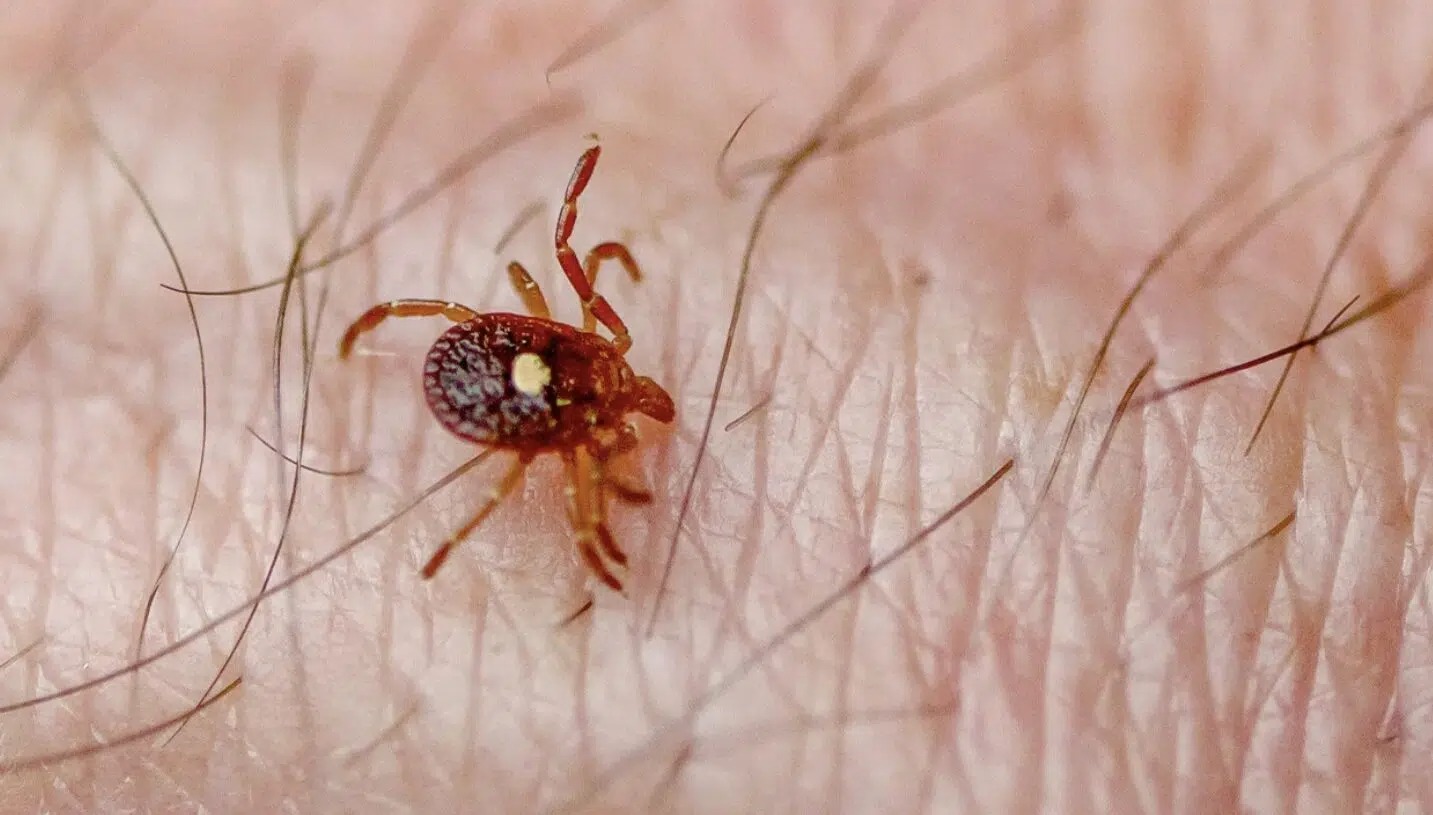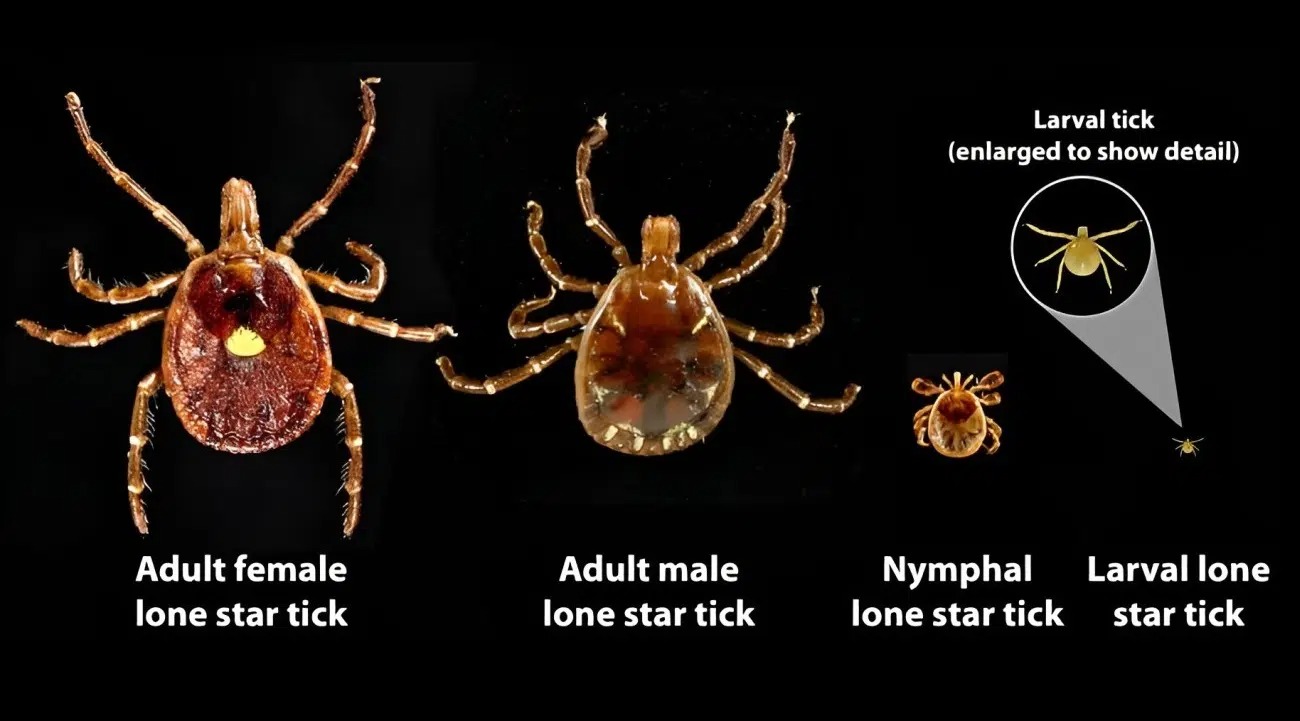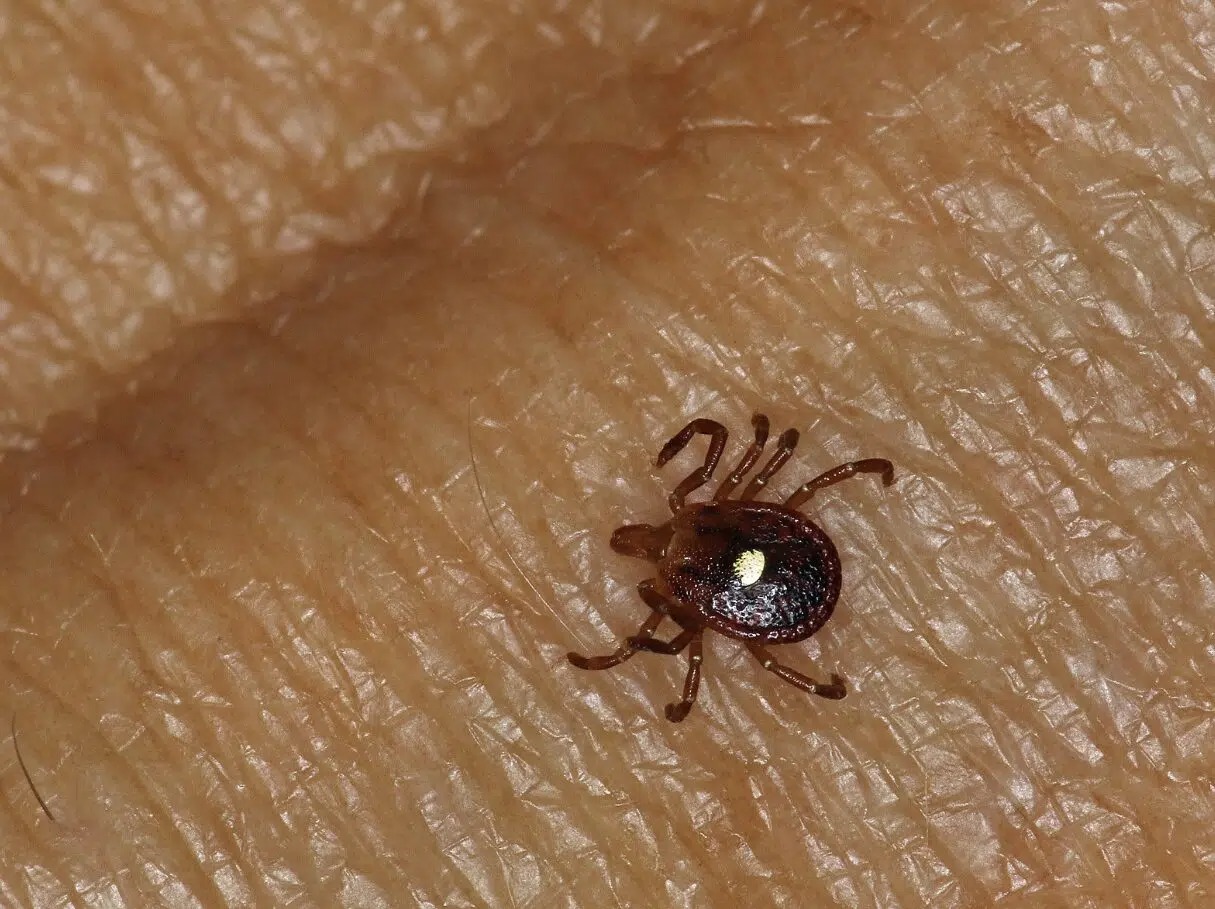Lone Star Ticks: Identification, Bite Treatment, and Prevention
Ticks are a common outdoor concern, but not all species behave in the same way. Among them, the lone star tick has become one of the most discussed in the United States due to its aggressive nature and ability to transmit certain illnesses. Named for the distinct white dot on the back of adult females, lone star ticks are found mostly in the southeastern and eastern parts of the country, though their range has expanded in recent years. Understanding how they behave, what risks they carry, and how to protect yourself is essential for anyone who spends time outdoors.

What Are Lone Star Ticks?
Unlike some ticks that remain passive, waiting for a host to pass by, lone star ticks actively search for a blood meal. They detect carbon dioxide, body heat, and movement, then move toward people and animals. This makes them more likely to attach quickly compared to other tick species.
The Centers for Disease Control and Prevention (CDC) notes that lone star ticks are not considered vectors of Lyme disease. However, they are linked to other serious health conditions, including:
-
Ehrlichiosis – a bacterial infection that can cause fever, fatigue, headache, and muscle aches.
-
Tularemia – a rare illness that can affect the skin, lungs, or eyes.
-
Heartland virus and Bourbon virus – emerging but uncommon tick-borne viruses.
-
Alpha-gal syndrome (AGS) – a unique allergic condition in which a person develops sensitivity to red meat and other animal-derived foods after a bite.
Because of these health risks, recognizing lone star ticks and taking immediate action after a bite are crucial.

What to Do After a Lone Star Tick Bite
Prompt and correct removal of a tick reduces the chance of disease transmission. Health experts recommend the following steps:
-
Remove the Tick Properly
Use fine-tipped tweezers, grasp the tick as close to the skin as possible, and pull upward with steady, even pressure. Avoid twisting, which can cause the mouthparts to break off. -
Clean the Bite Area
Wash the site with soap and water. Afterward, disinfect the skin with rubbing alcohol or an iodine solution. -
Save the Tick for Identification
If possible, place the tick in a sealed container or tape it to paper. This can help with identification if symptoms develop later. -
Monitor Your Health
Record the date of the bite and watch for symptoms over the following weeks. Early signs of infection may include fever, chills, fatigue, headaches, or rashes. Seek medical attention if symptoms occur, and always mention that you had a tick bite.
How to Prevent Lone Star Tick Bites
Prevention is the best protection. Both the CDC and the Environmental Protection Agency (EPA) recommend several strategies to reduce the risk of tick exposure.
Personal Protection Outdoors
-
Wear long sleeves and pants, and tuck pant legs into socks.
-
Choose light-colored clothing, which makes ticks easier to spot.
-
Use an EPA-registered repellent containing DEET, picaridin, IR3535, oil of lemon eucalyptus, or 2-undecanone.
-
Treat clothing and gear with permethrin for added protection.
Around the Yard
-
Keep lawns mowed and remove tall grass or brush.
-
Create mulch or gravel barriers between wooded areas and recreational spaces.
-
Consider professional tick control if your area has heavy infestations.
Protecting Pets
-
Check pets carefully after outdoor activity.
-
Talk with your veterinarian about preventive products for dogs and cats, such as tick collars or topical treatments.
A Personal Perspective
When I encountered a lone star tick for the first time, I was surprised by how fast it moved and how quickly it attached. Although the white spot on its back made identification simple, I initially felt unsure about what to do next. By following proper removal steps and monitoring my health, I avoided illness, but the experience changed how I prepare for outdoor activities.
Now, I take prevention more seriously — from wearing protective clothing to checking both myself and my dog after hikes. This simple awareness reduces anxiety and allows me to enjoy time outdoors without constant worry.
Why Awareness Matters
Ticks are an unavoidable part of life in many parts of the United States. However, understanding their risks does not mean avoiding the outdoors. With the right knowledge, you can take steps to protect yourself and your family.
Health officials emphasize that not every tick bite leads to illness, but awareness and quick action are critical. Knowing how to identify lone star ticks, remove them properly, and reduce exposure through prevention measures provides peace of mind.
Conclusion
The lone star tick may be small, but it carries risks that everyone should take seriously. By learning to identify this tick, responding correctly to bites, and adopting preventive habits, you can lower your chances of illness while continuing to enjoy outdoor activities.
Ticks are not going away, but neither should your love for nature. With preparedness, protection, and awareness, the outdoors can remain safe and enjoyable for you, your family, and your pets.


